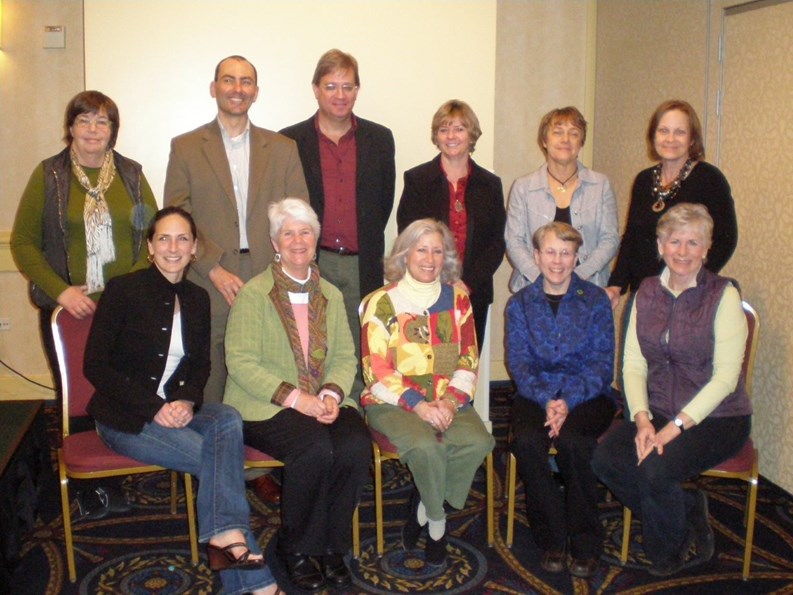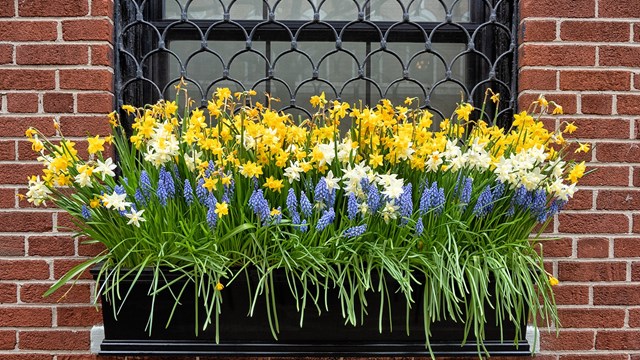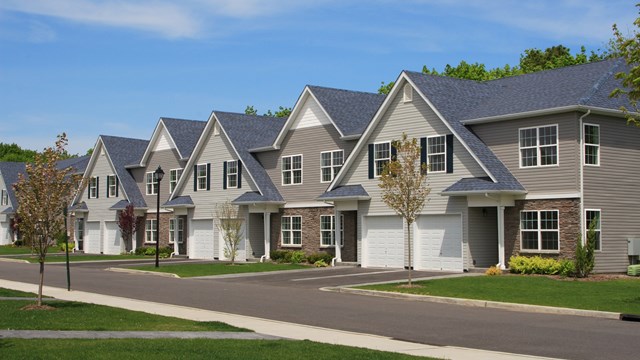Two decades ago, a couple of East Coast landscape designers thought it would be a great idea to share ideas and to network with others in the profession. Today, the organization they launched—the Association of Professional Landscape Designers—boasts some 1,300 members across the United States and around the world.
“We share information on resources, and update each other on developments in the industry,” says association president Patricia St. John, APLD, of Berkeley, California. Although membership spans the globe, the majority of members are in the United States, where state and regional chapters form the core of APLD networking opportunities.
“There are monthly educational meetings on current topics,” St. John says, “such as sustainability, the use of environmentally sensitive materials, recycling, and new products that are on the market.” The association publishes a quarterly magazine and sends out a monthly newsletter via email to keep members up to date on events as well as industry news.
At the heart of the association is its mission: To advance landscape design as an independent profession and to promote the recognition of landscape designers as highly qualified, dedicated professionals.
Organization leaders acknowledge the profession is not well understood— and is sometimes lost in the continuum of people working in the landscape arena: landscapers, landscape maintenance contractors, nursery professionals and landscape architects. Particularly challenging, says Susan Cohan, APLD, one of the founding members of the New Jersey chapter, is educating legislators about the differences between landscape designers and landscape architects.
With that in mind, APLD members follow regulatory legislation with a keen eye. “A lot of municipalities, through zoning permits or building permits, are asking for a landscape architect’s seal on a job,” says Jock Lewendon, president of the New Jersey chapter. While some projects might actually need the specialized services of landscape architects, others really don’t—but government agencies often don’t make the distinction. The result of continued expansion of such regulations at the local and state level, he says, is that project costs will increase as architects are brought in to satisfy the requirement. “We try to follow the things going on in Trenton,” he says, “and if an issue flares up, we speak up.
According to the APLD, landscape designers were practicing their profession long before the advent of landscape architecture. In fact, an association publication notes that “during the 19th century, the introduction of the term ‘landscape architecture’ signaled not the birth of a wholly new profession, but the establishment of a specialty within the profession of ‘landscape design’.”
An understanding of the differences between today’s landscape architects—who are licensed in most states—and landscape designers—who are not—is key to fending off legislative attempts to curtail the work that designers are allowed to perform. “Landscape design is a profession, but not a licensed profession,” Cohan notes. In New Jersey, for example, a landscape architect must have four years of training in an accredited landscape architecture program, and then apprentice with an accredited landscape architect for four years, before sitting for the licensing exam. A landscape designer, on the other hand, has two to four years of training, and, Cohan says, “tends to focus more on residential projects” than the public areas, such as parks, in which landscape architects work.
That’s where the Association of Professional Landscape Designers comes into play. While they are not licensed, landscape designers can demonstrate their expertise by becoming certified— and the APLD offers certification for landscape designers.
“There are other groups that include landscape designers, but we’re the only professional organization devoted solely to landscape design, and the only one to have a certification for landscape design,” St. John explains. Certification, she says, requires a minimum of four years of professional landscape design experience. “It generally takes eight to 10 years of full-time work experience before a person is ready to apply for certification,” she says. “There’s a rigorous examination of landscape design and knowledge” required to obtain certification, along with peer review of three submitted projects. The review is conducted by a regional panel, which ensures that the designer is attuned to using locally-appropriate plants and materials. “So even though it’s an international program, the evaluation is done with a regional eye,” St. John adds.
The APLD certification, she says, is the “gold standard” among landscape designers—and at present, only about 20 percent of the association’s members have obtained that certification. Achieving the certification is “a lot of work, but also a personal validation,” says St. John, who earned the APLD certification nine years ago. The road, she notes, doesn’t end with gaining certification. To maintain it, designers are required to take continuing education courses so that they stay up to date on industry trends.
The New Jersey chapter currently has about eight members who have earned the coveted certification; but whether they’re certified or not, education is a key component for association members. To that end, meetings like the annual APLD conference—being held this fall in Dallas, Texas—and chapter meetings include an educational component.
Lewendon says the New Jersey group offers eight or nine programs each year on topics of interest to members. “We polled our members to see what they’d like to learn about, what they felt was important,” he says. In the past year, for example, the New Jersey chapter has brought in speakers to discuss rainwater harvesting, sustainability, computer-aided drafting and new products on the market. One program focused on stone—not just stone walls or walks, but looking at the use of boulders as landscape art. And recognizing that in addition to being designers, its members are also in business, the chapter planned a day-long workshop on running a successful business.
To get the word out about APLD, members man booths at industry trade shows and at home or flower shows, so that “people will be aware of landscape design,” notes the owner of Outdoor Living Spaces in Bound Brook, New Jersey.
That understanding is as important to association board members and community residents as it is to officials who write the laws and regulations covering it. Whether measured in acres or square feet, a condominium’s landscaping is the canvas on which impressions of the community are painted. When thinking about changing or updating a property’s landscaping, association boards will often think first of bringing in “the person who mows the lawn and plows the snow,” who may, or may not, have the in-depth knowledge of plants and materials that a landscape designer will bring to the job, says Cohan.
“In New Jersey, anyone can write ‘design’ on the side of a truck; they can buy and install plants, and do hardscape work, but it doesn’t necessarily mean they are designers—although they realize the value of the word to clients,” Cohan says. But hiring a landscape designer—a member of the APLD—can actually save condominium association money in the long run.
The association website— www.apld .org—offers a wealth of information, including links to state and regional chapters and membership lists, to help homeowners and boards find a professional who will help plan “a unified, balanced environment that you'll enjoy for years to come.”
Pat Gale is associate editor of New England Condominium magazine, a Yale Robbins Inc.' publication.







Leave a Comment